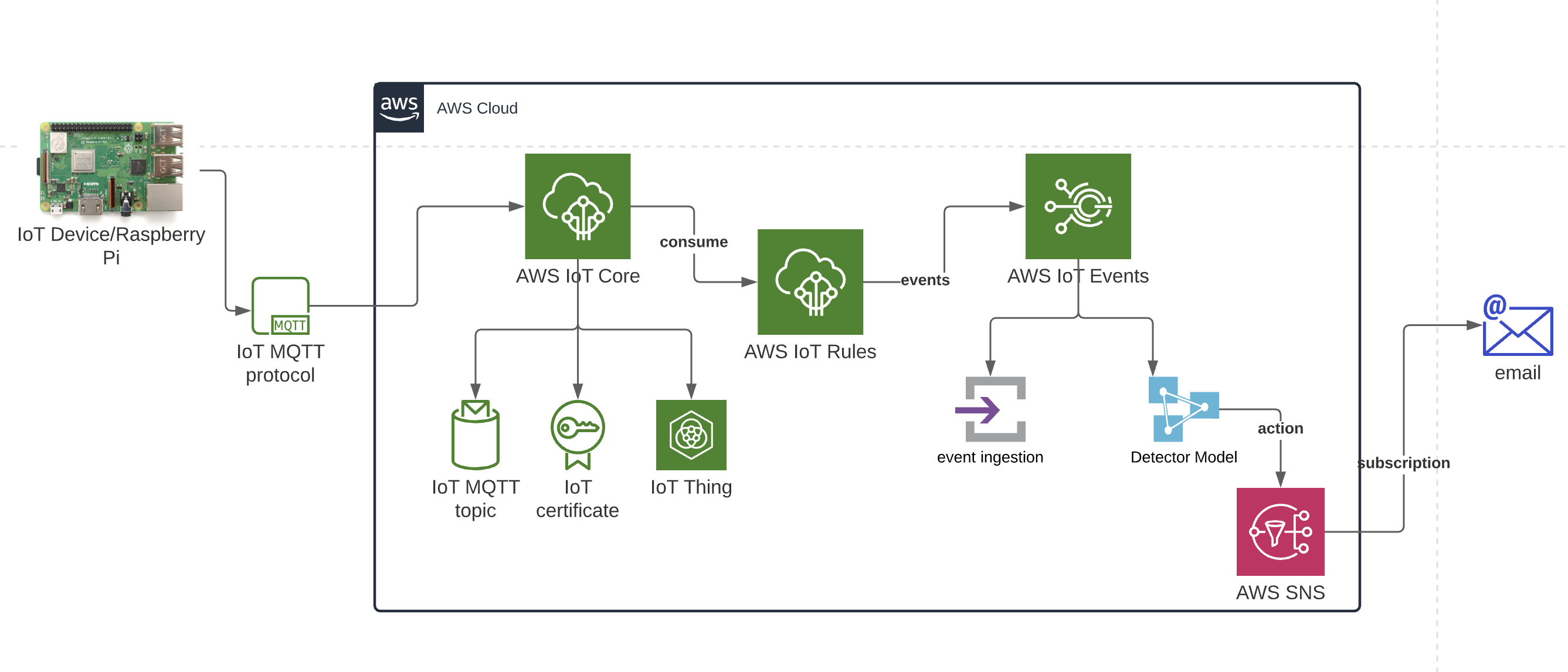Remote IoT VPC: Your Guide To Secure & Scalable IoT Connections
In an increasingly interconnected world, where devices are communicating and sharing data at an unprecedented scale, is your organization equipped to handle the complexities of remote IoT connectivity? The answer, for many, lies in the strategic implementation of a secure and scalable Virtual Private Cloud (VPC) the cornerstone of modern IoT infrastructure.
Remote IoT VPC, at its essence, is the integration of Internet of Things (IoT) devices within a virtual private cloud environment. This setup facilitates secure communication across the internet, irrespective of geographical constraints. By adopting this approach, organizations can significantly enhance operational efficiency, drive down costs, and bolster data management capabilities. The following details explore the essential aspects of remote IoT VPC, offering insights and strategies for both optimization and new infrastructure development. From healthcare and manufacturing to logistics and smart cities, the secure and efficient management of data is more critical than ever.
The core function of a remote IoT VPC is to establish a secure and efficient communication channel between IoT devices and the cloud infrastructure. Within this virtual network, organizations can ensure the privacy and isolation of data transmitted between devices, shielding it from unauthorized access on public networks. In industries that depend on high data security and confidentiality, this configuration is critical.
- Download Setup Raspberry Pi Remoteiot On Mac For Iot Control
- Remoteiot Management Platform Free Your Iot Solution
With the exponential growth of IoT devices worldwide, managing their connectivity and security has emerged as a primary concern. A remote IoT VPC provides a scalable and secure solution for connecting devices across varying locations, addressing this challenge. Companies with decentralized operations or those that heavily rely on remote monitoring and automation will see particular advantages from the implementation of this system. This allows organizations to scale their network resources as the number of connected devices grows. Cloud-based solutions provide cost-effective infrastructure while maintaining high performance. Centralized management enables administrators to oversee all devices from a single point, thus simplifying operations and reducing complexity.
Despite its advantages, implementing a remote IoT VPC introduces its own set of challenges, including complexity, potential latency issues, and interoperability concerns. Setting up and managing a remote IoT VPC requires specialized expertise in cloud computing and network security, and geographical distances can impact latency. Ensuring effective communication across different devices and systems, often operating on varied protocols, adds to the complexity.
Designing an effective remote IoT VPC architecture involves careful consideration. The following outlines best practices that should be followed:
- Bernie Taupin The Man Behind Elton Johns Biggest Hits Discover Now
- Morning Joe Reviews Is This Your New Favorite Coffee Spot
Network Segmentation: Divide your network into smaller segments to isolate different types of traffic and devices. This approach enhances security and simplifies management.
Use of Subnets: Create separate subnets for different groups of devices or applications. This allows for more granular control over network resources and improves performance.
Load Balancing: Implement load balancing to distribute traffic evenly across multiple servers, ensuring optimal performance and reliability.
Security is paramount in remote IoT VPC implementation. Key strategies to enhance security include:
Encryption: Utilize robust encryption protocols to protect data both in transit and at rest.
Access Control: Enforce stringent access control policies to ensure that only authorized users and devices can access the network.
Regular Audits: Conduct regular security audits to identify and address potential vulnerabilities.
As your organization scales, so will the number of connected devices. To ensure scalability, consider these tips:
Cloud-Based Solutions: Utilize cloud-based platforms that offer auto-scaling capabilities to handle increasing workloads seamlessly.
Modular Design: Adopt a modular design approach that allows for easy addition or removal of components as needed.
Monitoring and Optimization: Implement monitoring tools to track network performance and optimize resources accordingly.
Several tools and platforms are available to effectively manage your remote IoT VPC. Some of the most popular include:
AWS IoT Core: A fully managed service by Amazon Web Services that enables secure communication between IoT devices and the cloud.
Azure IoT Hub: A cloud-based solution by Microsoft that provides robust features for device management and data processing.
Google Cloud IoT Core: A platform by Google Cloud that offers scalable and secure connectivity for IoT devices.
When planning a remote IoT VPC, it's important to consider the associated costs. These may include:
Infrastructure Costs: Expenses related to setting up and maintaining the VPC infrastructure.
Operational Costs: Costs associated with day-to-day operations, such as monitoring, maintenance, and updates.
Cloud Service Fees: Charges for using cloud-based services and platforms.
Many organizations have successfully implemented remote IoT VPC solutions, for example:
Smart Agriculture: Agricultural companies use remote IoT VPC to monitor soil conditions, weather patterns, and crop health, enabling more efficient farming practices.
Smart Cities: Urban areas leverage remote IoT VPC to manage traffic flow, energy consumption, and waste management systems, improving overall quality of life for residents.


Detail Author:
- Name : Gabe Quitzon
- Username : xgreen
- Email : alexander60@russel.info
- Birthdate : 1995-01-09
- Address : 6817 Vandervort Ridges Apt. 256 Russelfort, MT 09235-5981
- Phone : +18628601668
- Company : Hill PLC
- Job : Chemical Equipment Controller
- Bio : Aspernatur aliquam ut mollitia adipisci aspernatur quis. Ut voluptatem exercitationem alias culpa qui distinctio suscipit. Officiis sint quis qui modi.
Socials
linkedin:
- url : https://linkedin.com/in/fisherf
- username : fisherf
- bio : Fugiat quos praesentium quisquam non sit ut.
- followers : 4640
- following : 2558
twitter:
- url : https://twitter.com/felicia6152
- username : felicia6152
- bio : Sit dolorem rerum dolorem in vel cumque consequatur. Nihil molestias deserunt voluptatibus id animi et.
- followers : 4701
- following : 1523
instagram:
- url : https://instagram.com/felicia.fisher
- username : felicia.fisher
- bio : Qui numquam ipsum aliquid consequatur perferendis. Voluptatem assumenda incidunt enim.
- followers : 5139
- following : 863